
The name rail, rail guard, came to us from the field of shipbuilding, navigation. Originally in Dutch, the word leier comes from leiden, which means “to lead.” The sailors used cables stretched between the masts and stanchions to hold the ship during the pitching. The term “rail” has taken root and now means not only deck fencing in the form of stretched cables, but also other types of fences.
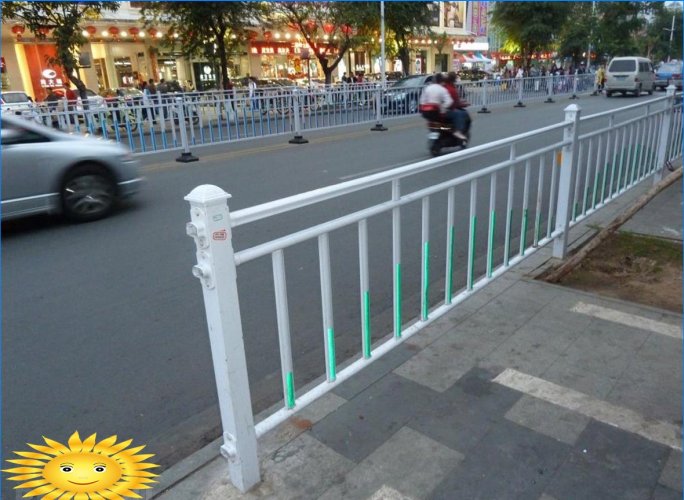
In road construction, handrails are actively used to block the road for careless pedestrians who are trying to cross the highway in the wrong place, and also to protect cars from an emergency exit from the highway. We, of course, are more interested not in ship and road railings, but in those that will be needed at home and on the site.
Important! Regardless of the type, the purpose of all handrails is to protect a person from falling or hitting a dangerous area.

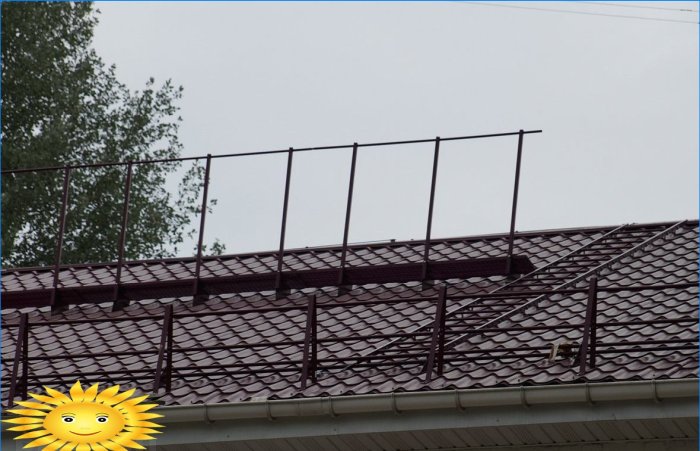
In addition to ship and road, roof railings are allocated in a special category. According to SNiP, such protective structures must be installed on all roofs whose height exceeds 10 m.However, many homeowners also erect fences on the roofs of two to three-story houses in order to ensure safety during repair work on the roof or, for example, cleaning the chimney.
On operated roofs, guardrails must be installed at any height. In this case, the height of the fence itself must be at least 110 cm. On an unexploited roof, a 30 cm high fence is sufficient. In this case, it is called a safety fence. Such fences, in addition to the protective function, can also serve as snow retainers..
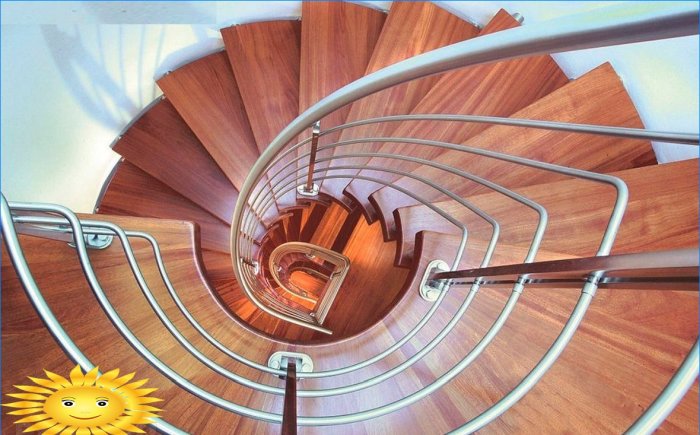
Another category of handrails is staircases. Leers, for example, are able to ensure the safety of the child when moving up the stairs, they do not allow him to fall out through the balusters.
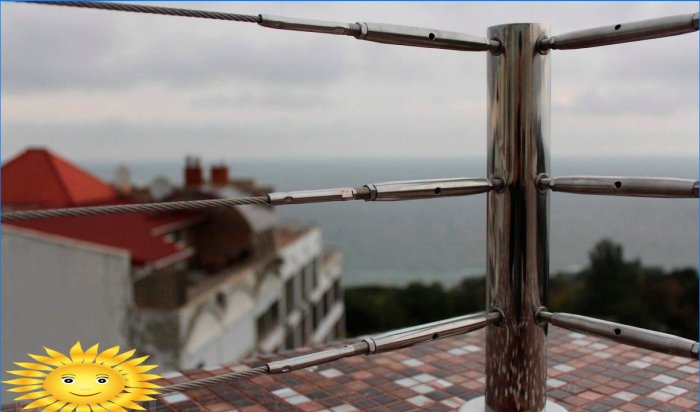
Railings are also used on balconies, as structures that are dangerous to humans, located at a height.
For the manufacture of railings, stainless steel is most often used, as well as ferrous metal structures, as a cheaper option. Various cables, metal profiles, corners, channels are used. Non-metallic handrails are practically not used.
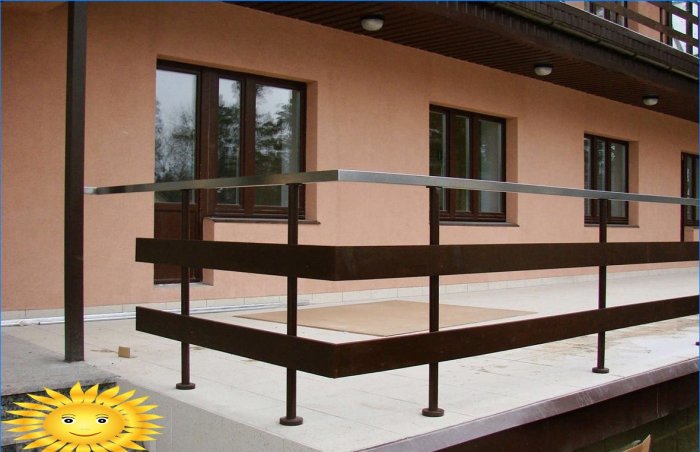
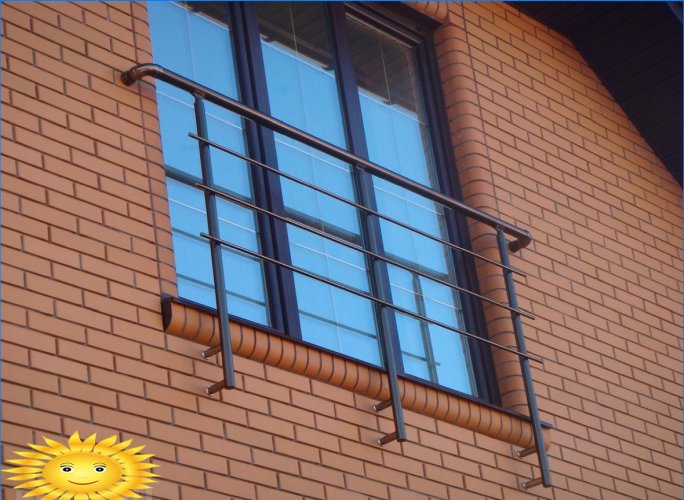
In addition, according to the method of installation, rail fences are usually divided into welded, support, hinged and prefabricated. By the type of installation, they are divided into temporary, collapsible and stationary.
As you can see, the scope of use of railings is wide. In a private house, they can be installed on a staircase, balcony, roof, terrace, raised high enough above the ground, as well as around the pool.

What are the different types of guardrails and what is their main purpose? Are there specific guidelines or regulations that dictate their design and installation? Can you please provide some examples of situations where guardrails are commonly used for safety?
What are the different types of guardrails and what is their purpose?